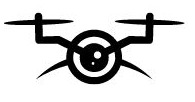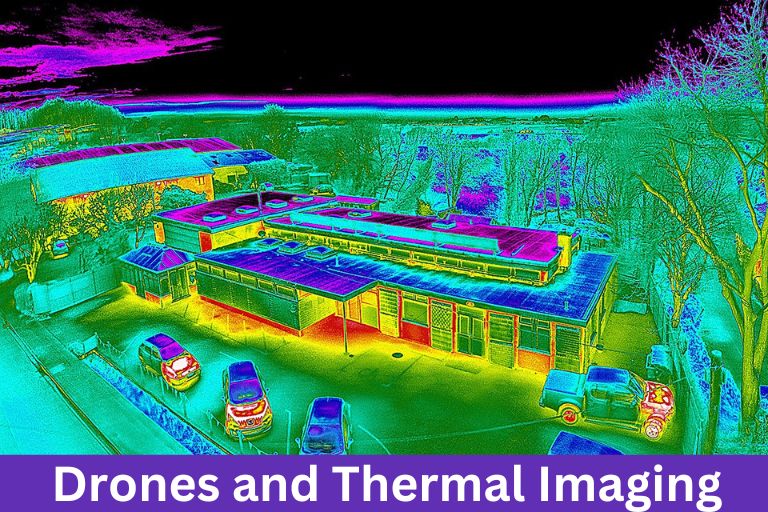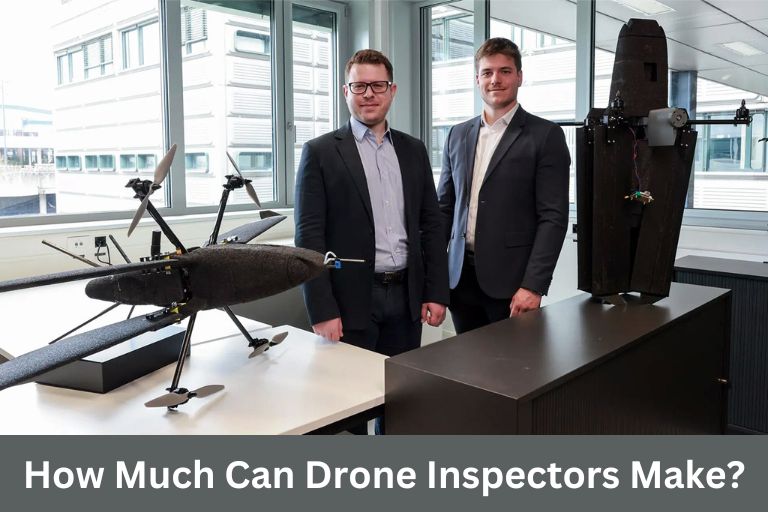Picture flying like a bird with the ability to uncover hidden secrets below. Explore the world of drones and thermal imaging, where advanced technology combines with infrared light to show a new side of reality. As a Certified ITC Thermographer, I’ve seen how drone thermal imaging and cameras can reveal things beyond what we can see, uncovering mysteries.
History Of Thermal Imaging
Soon after Herschel’s discovery, further advancements were made in thermal imaging technology during World War II, when military researchers developed infrared technology to detect enemy targets at night.
This marked a significant turning point for thermal imaging, now used for military purposes. Throughout the following decades, considerable progress was made in developing thermal imaging cameras and sensors, leading to their widespread use in various industries such as firefighting, medical imaging, and building inspections.
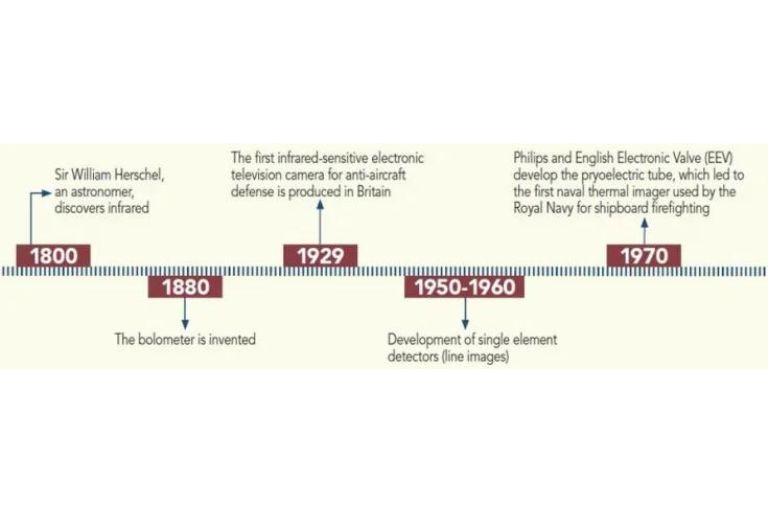
Thermal imaging is crucial in many fields because it can detect heat seeking drone signatures and provide insights that are not visible to the naked eye. The history of thermal imaging drones shows how humans have used infrared light effectively in various sectors worldwide. The first infrared camera was made in 1929, altering military technology after World War I.
It helped to detect heat seeking drones in the dark, aiding in target identification. The British army adopted these cameras quickly, and they became vital in defence globally. Infrared cameras were later used in surveillance and targeting systems during conflicts, becoming key in modern warfare tactics.

What Is Thermography?
Infrared thermography helps us see heat distribution without touching the object. It analyzes thermal radiation to find temperature differences and detect issues. This method helps build inspections, maintenance, and medical imaging.
It gives instant feedback on temperature patterns, allowing for quick action. Improved camera technology has made thermography easier, helping professionals solve problems and improve performance. The key benefit of drone IR scans is their ability to detect problems early on before they escalate into costly repairs or failures.
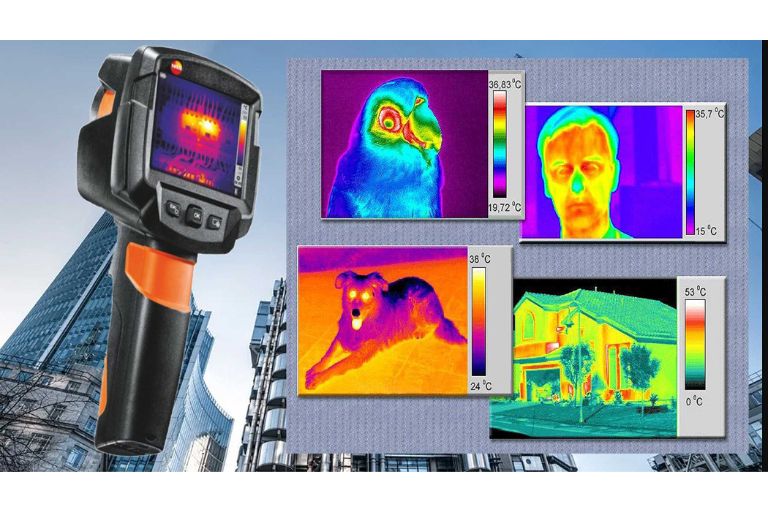
Visual Vs. Night Vision Vs. Thermal Imaging
Visual imaging uses colors and light to create images, while thermal imaging detects heat without needing light. Thermal imaging works in darkness, providing visibility when visual imaging does not. Night vision technology enhances existing light levels but requires some ambient light.
Understanding these differences helps users choose the right technology. Night vision and thermal imaging improve visibility in darkness but have different uses. Night vision is helpful for low-light or discreet observation, while thermal imaging can detect temperature differences and identify objects by their heat. Recognizing the strengths of each technology helps people use them effectively for better outcomes.
Uses For Thermal Imaging
Thermal imaging is helpful in many industries. In wildlife conservation, researchers add thermal camera to drone to track animal movements without disturbing them. Farmers use this technology to monitor crop health and detect problems early.
This helps increase crop yield and reduce the need for pesticides. In security, thermal imaging helps law enforcement agencies track criminal activity and locate suspects. Engineers use thermal imaging to find hidden structural defects and energy inefficiencies in building construction. This helps optimize energy usage and ensure buildings are safe.
How To Use A Thermal Camera
Understanding how temperature changes affect thermal imaging accuracy is essential. Factors like background temperature, surface emissivity, and reflective properties impact the final image. Adjusting these settings can improve image quality.
Setting parameters correctly before taking a photo leads to more reliable results. Good lighting is crucial for clear thermal images. Inadequate lighting can distort images and make interpretation difficult. Proper lighting helps capture detailed images, detecting subtle temperature differences. Choosing the right time of day or adjusting artificial lighting can enhance image quality.
Does The DJI Mavic 3 Have A Thermal Camera?
The DJI Mavic 3 doesn’t have a thermal camera yet. People are excited about a possible new Mavic 3 Enterprise Advanced model with this feature. A thermal drone camera could help find missing people, watch wildlife, and check buildings. DJI might add thermal imaging to the next Mavic drone as technology improves.
A thermal camera on the Mavic 3 Enterprise Advanced would be great for users needing more than photos and videos. Infrared images can show temperature differences and heat sources, essential for some jobs. Drones are an advanced thing and can be tailored for various industries. Adding thermal imaging to a future DJI Mavic 3 model shows how drones are changing to offer new features to users.
Drones And Thermal Imaging
Thermal drones are changing how we do things in industries like search and rescue, farming, and checking buildings. These different types of drones use unique cameras to see heat that our eyes can’t. They help find lost people and check on how crops are doing.
New drone technology lets them get closer to heat sources and take more explicit pictures. This helps companies look at extensive areas or check on buildings quickly. Drones can fly at different heights and take thermal images without putting people in danger. As more industries start using this technology, we will see more ways drones and thermal imaging can help us.
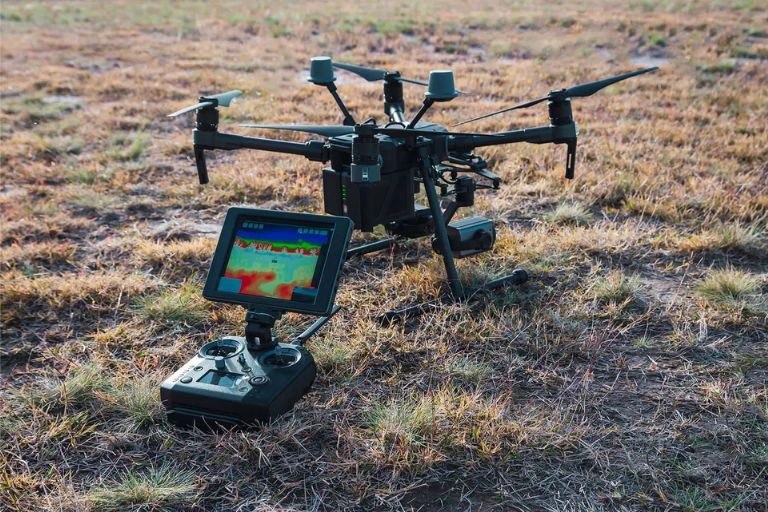
Conclusion
Drones with thermal imaging can help beginners in search and rescue, agriculture monitoring, and infrastructure inspections. Understanding how thermal imaging works and its benefits can open new opportunities for drone enthusiasts and professionals. Using drones and thermal imaging can make tasks more efficient, accurate, and safe. Embracing this technology can lead to advancements in aerial photography, environmental monitoring, and disaster response.
Frequently Asked Questions
How to use a Thermal Imaging Camera?
Using a thermal imaging camera is easy. Follow these steps for accurate results. Calibrate the camera for precise temperature readings. Then, adjust the settings based on the environment or object you capture. This may involve changing the temperature range or color palette for better heat signature visibility.
What is the Main Purpose of a Drone?
Drones are used for different tasks like surveillance, search and rescue, and monitoring remote areas. They are a cheaper and safer option than sending people into dangerous situations. Drones can collect information, take high-quality pictures and videos, and do risky tasks or take a lot of time for humans.
